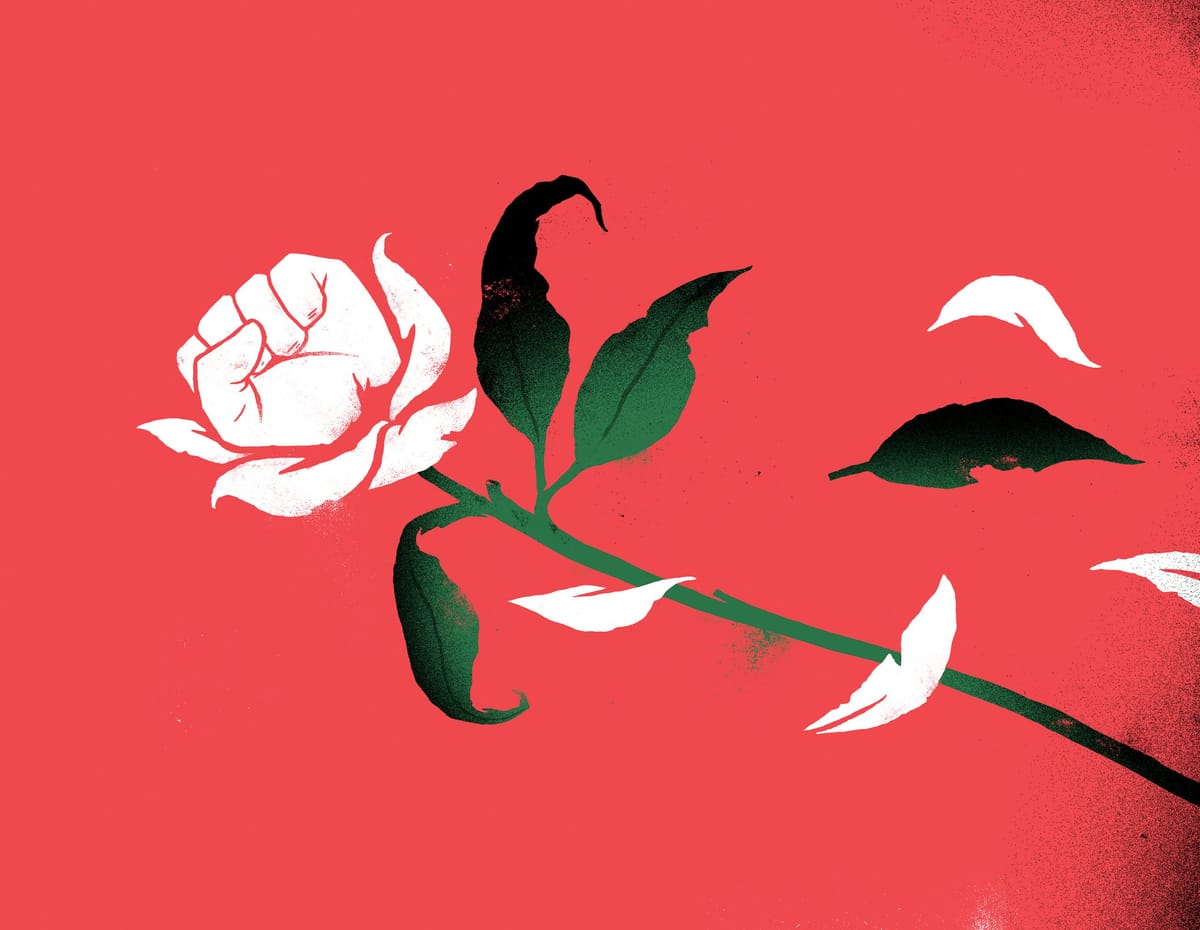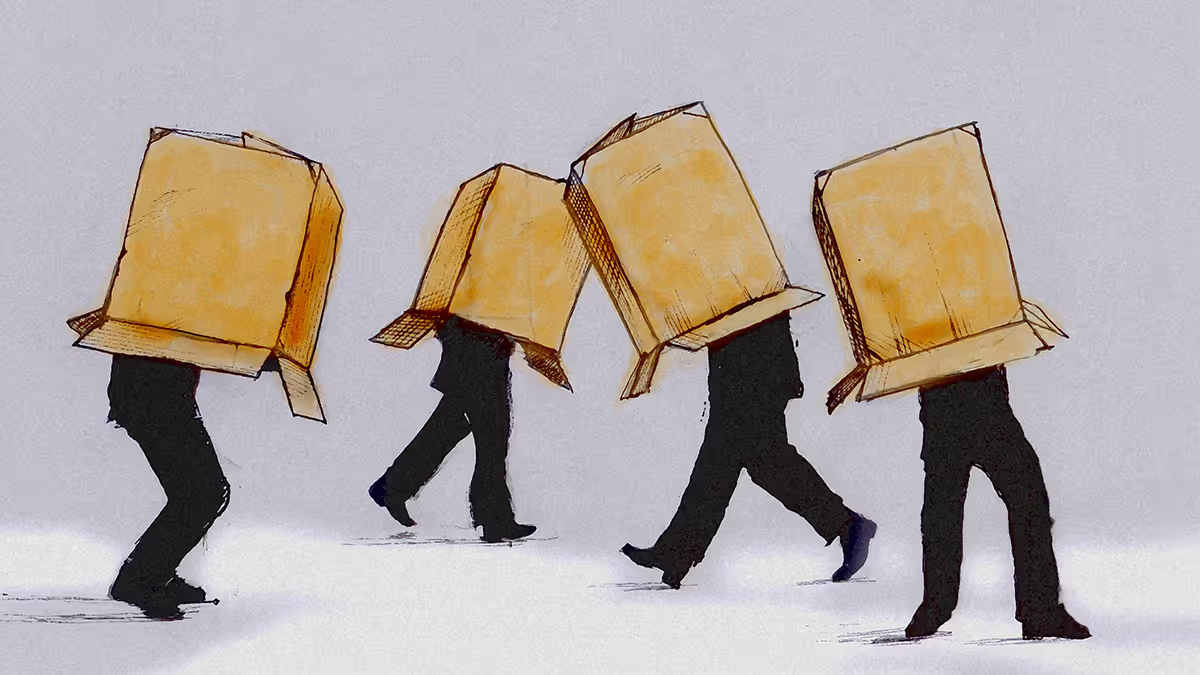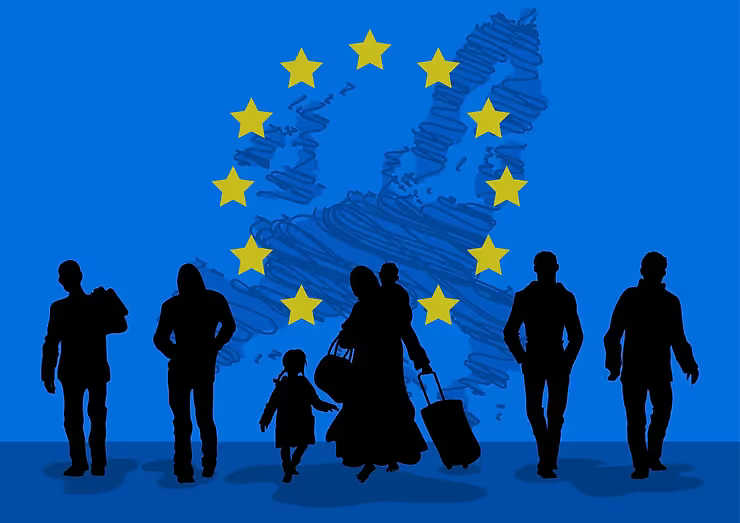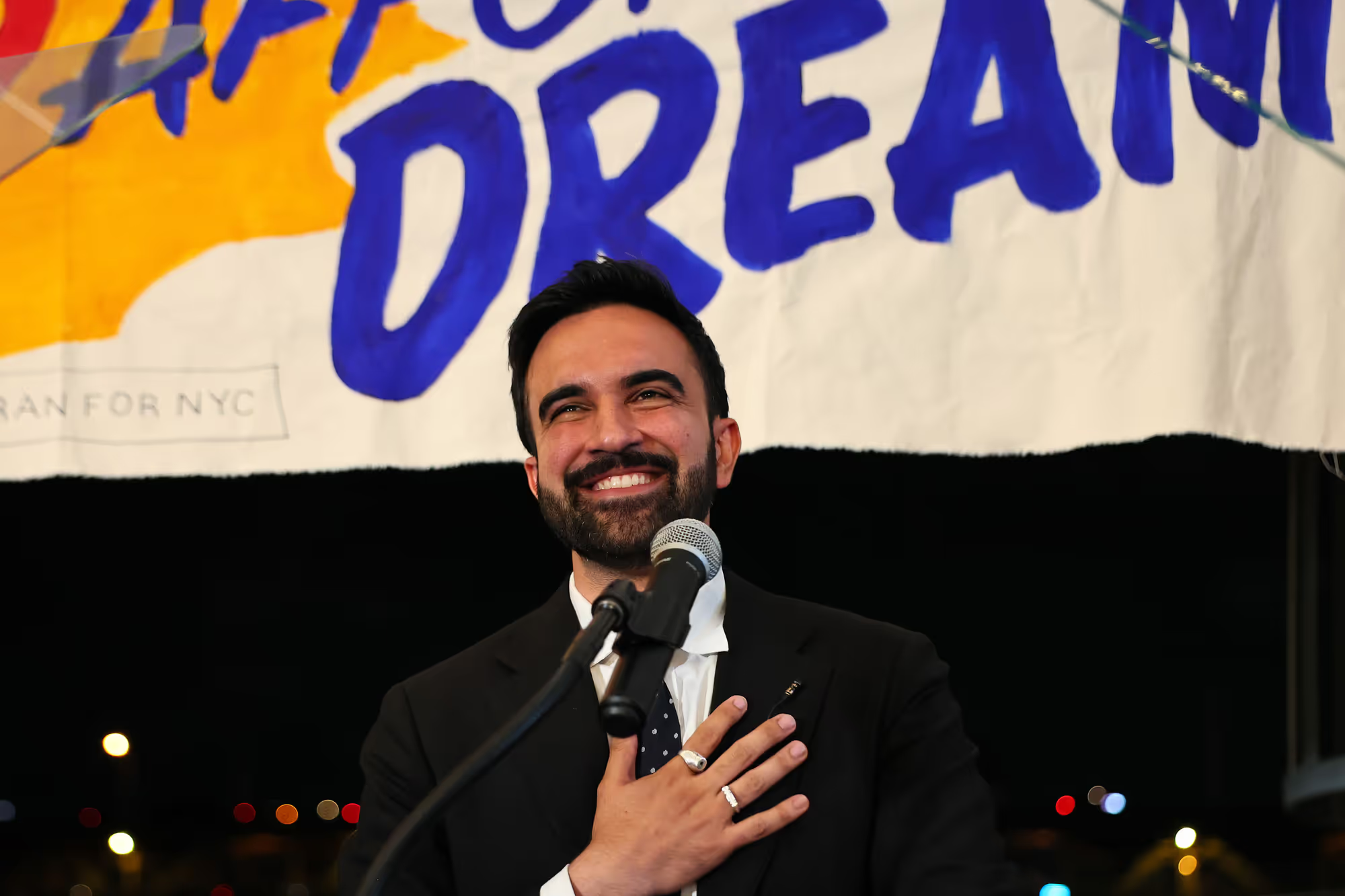Why the Left Keeps Losing—and How It Can Win Again

The political left across much of the Western world stands at a crossroads. Over the past decade and a half, right-wing and far-right movements have steadily advanced, while traditional progressive parties struggle to hold their ground. This shift is not accidental—it is the product of years of drift and complacency. Since the 1980s, too many governments, including those led by the left, embraced market orthodoxy and abandoned ambitious reform. Inequality widened, social cohesion frayed, and trust in politics eroded. The right has skillfully capitalized on this discontent, blending cultural appeals with promises of protection in a turbulent world. The left, by contrast, often looks divided, reactive, and detached from the people it once represented most.
Yet decline is not destiny. Progressive movements still hold the potential to lead, but only if they confront their own failures honestly and rebuild around clear, resonant principles. By reconnecting with ordinary citizens and addressing both material needs and cultural anxieties, the left can move from defensive survival to renewed relevance. The task is daunting, but the opportunity remains—provided the left finds the courage to seize it.
1. Loss of Coherent Identity and Disconnect with Core Voters
The parties of the traditional left were born out of the class struggle between workers and factory owners. It was once a straightforward conflict: labour on one side, capital on the other. Over the course of the 20th century, however, this dynamic shifted dramatically. As more citizens moved from blue-collar industries into white-collar professions, the electorate itself became increasingly fragmented. Today, voters belong to a wide variety of heterogeneous subgroups, each with their own specific interests, making it ever more difficult for left-wing parties to maintain a cohesive base. The risk, therefore, is real: disillusioned voters may migrate to other parties that appear more liberal, progressive, or responsive to their concerns.
Paradoxically, the left has also been a victim of its own success. Many of its historic achievements—quality public education, the minimum wage, paid leave, maternity protections, and social security—have become embedded in the fabric of modern democracies. Because these once-radical goals are now widely accepted as societal norms, the question inevitably arises: why is the left still necessary? When a political movement has already secured its most important victories, and no new overarching project captures public imagination, voters often turn to alternative movements that seem more urgent or relevant. For instance, climate activism embodied in Fridays for Future and the rise of Green parties around 2018 redirected many progressive voters away from traditional socialists.
A further challenge lies in the disconnect between representatives and their electorate. Many left-wing MPs hold at least a Master’s degree and come from academic or professional backgrounds that often distance them from the daily realities of those living near or below the poverty line. While speeches frequently emphasize that the left stands with “those who are struggling,” the lifestyle, rhetoric, and policy priorities of elected officials do not always reflect this commitment in practice. This creates a sense of mismatch and mistrust: between the people the left claims to represent, and the elites who actually lead it.

In sum, the crisis of the contemporary left stems from three intertwined issues: a fragmented electorate, the paradox of past success, and a widening gap between representatives and the represented. Without a renewed, values-driven narrative that speaks both to material needs and to emerging societal challenges, the left risks further erosion of its identity—and, ultimately, its relevance.
2. Economic Strategy Gaps and underestimating immigration
One of the central weaknesses of the modern left lies in its inability to articulate a compelling economic vision. For decades, progressives were defined by their willingness to push for bold redistributive policies—higher taxes on wealth, robust labor protections, and expansive welfare states. Yet, over the past thirty years, many left-wing parties have drifted toward a technocratic centrism, embracing fiscal restraint and deregulation under the guise of “responsibility.” This shift may have earned temporary credibility with financial markets and the middle classes, but it alienated vast segments of workers who no longer saw tangible benefits from supporting leftist platforms.
The absence of a coherent, forward-looking economic strategy has been particularly damaging in the face of globalization and automation. Jobs once at the heart of working-class identity have disappeared, and instead of offering a clear plan to cushion these shocks—through retraining, investment in green industries, or guarantees of stable employment—the left too often appeared either complacent or out of touch. Voters noticed. Meanwhile, the right seized on these anxieties, offering the false promise of protectionism and economic nationalism.
Immigration has further complicated this dynamic. While progressive parties have often defended immigration on humanitarian and moral grounds, they have underestimated the degree to which rapid demographic change fuels economic and cultural insecurities among the working classes. The world is transforming at a pace that is difficult for most citizens to grasp, and the true drivers of disruption—capital flows, global markets, and multinational corporations—are largely invisible. By contrast, immigration is a visible, tangible change: new neighbors, new languages, new customs. It becomes the easiest scapegoat, a convenient way to rationalize hardship, even when immigrants are not at fault for structural mismanagement or deeper economic imbalances.

By dismissing these anxieties as mere prejudice, the left ceded valuable ground to right-wing populists who were more than willing to exploit them. A balanced approach—one that acknowledges legitimate concerns about integration, housing, and labor-market competition, while also defending the principle of openness—remains largely absent. Until the left finds a way to square these realities with its ideals, it will continue to struggle against narratives that portray it as elitist and detached from ordinary people’s everyday struggles.
3. Overemphasis on Identity Politics and Cultural Issues
Another key factor in the decline of the left has been its disproportionate focus on identity politics. Issues such as gender equality, minority rights, and LGBTQ+ protections are undeniably important, and in many ways they represent the moral conscience of a progressive movement. Yet, the emphasis on symbolic cultural battles has frequently overshadowed the bread-and-butter concerns of economic security, social mobility, and class inequality. This imbalance has alienated large swaths of traditional leftist constituencies, who feel their pressing material struggles are being sidelined in favor of elite debates centered in universities, media circles, or activist hubs.
The right has capitalized brilliantly on this misstep, painting the left as obsessed with “political correctness” and disconnected from the pragmatic concerns of everyday life. Instead of building bridges, progressives have often entrenched themselves in cultural echo chambers that limit their appeal to a broader electorate. By framing every criticism of identity politics as reactionary or bigoted, leftist parties have inadvertently driven moderates into the arms of their opponents.
Yet there are signs of renewal. Figures like Zohran Mamdani, a young state assemblyman from Queens, New York, represent a breath of fresh air. Mamdani combines a bold economic message—championing housing justice, tenant rights, and stronger public services—with a principled stance on cultural and identity issues. Crucially, he does not treat identity politics as an isolated battleground but integrates it into a wider vision of material solidarity. In doing so, he shows how progressives can defend vulnerable groups while simultaneously addressing the core bread-and-butter concerns of working- and middle-class families.

If the left is to regain its footing, it must recalibrate its priorities. Protecting vulnerable groups remains essential, but these battles must be integrated into a wider economic and social project that resonates with the majority. Workers, families, and communities must once again see the left as the political force most committed to improving their living standards and ensuring their dignity. Identity politics should complement, not replace, a robust agenda of economic justice and social solidarity. Only by striking this balance can the left rebuild a coalition broad enough to counter the rise of the populist right and reclaim its role as a transformative force in society.
Conclusion: A Choice Between Renewal and Irrelevance
The decline of the left is not inevitable. History shows that political movements can reinvent themselves when they summon the courage to face uncomfortable truths. What the left needs now is not another round of technocratic fixes or symbolic gestures, but a bold reassertion of its purpose: to provide security, dignity, and opportunity for the many, not the few. That means rediscovering its economic roots, offering credible answers to the pressures of globalization, and engaging honestly with citizens’ concerns about immigration and cultural change.
Equally important, the left must rebuild trust with those it claims to represent. This requires humility, a willingness to listen, and leaders who are visibly grounded in the realities of working and middle-class life. By weaving together the struggles of identity with the struggles of class—without allowing one to eclipse the other—progressives can again present a unified vision of solidarity that speaks to broad majorities.
The stakes could hardly be higher. If the left fails to adapt, it will continue to bleed voters to populist movements that thrive on fear and resentment. But if it succeeds, it can once more become the political force that channels frustration into hope, division into solidarity, and inequality into shared prosperity. The path is narrow, but it remains open. Renewal is still possible—if the left is willing to man up and take it.

Comments ()